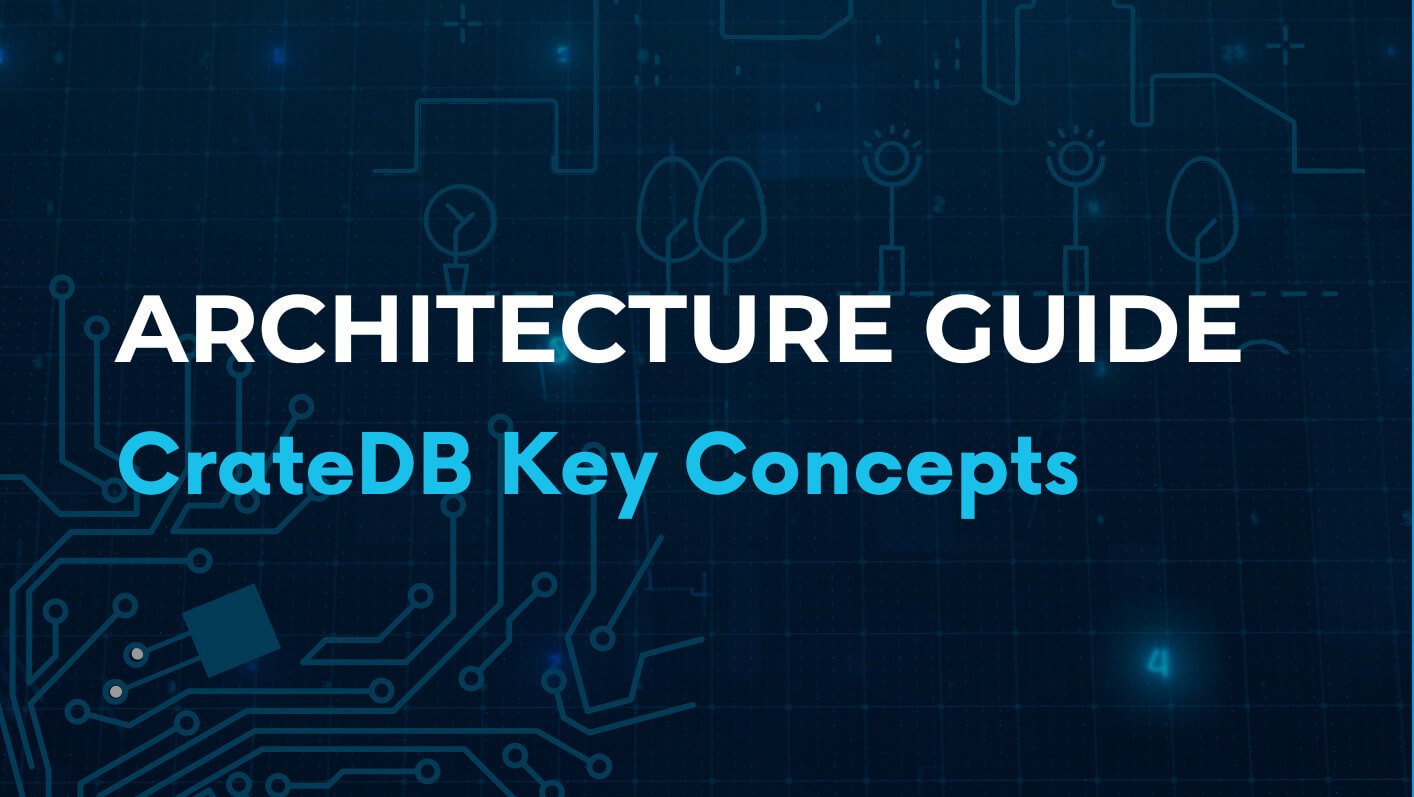Columnar & Row-Based Storage
Why it matters
Traditional databases force you into a trade-off:
- Row-based storage is ideal for transactional workloads but slows down analytical queries.
- Columnar storage delivers excellent aggregation performance but struggles with frequent writes or schema changes.

How CrateDB’s hybrid storage works
CrateDB’s distributed storage layer automatically optimizes data layout for both write performance and query efficiency:
- Incoming data is written row-wise for high-speed ingestion and low-latency commits.
- Data blocks are stored in columnar format on disk, enabling highly compressed, vectorized scans for analytical queries.
- The query planner automatically chooses the most efficient access path, combining columnar reads for aggregations and row access for lookups or point queries.

The storage model in action
Whether you’re querying recent logs, aggregating across months of telemetry, or joining with text and vector data, CrateDB adapts automatically.
| Operation type | Optimized storage | Result |
|---|---|---|
| Ingestion | Row-based (write path) | Millions of records per second |
| Aggregation | Columnar (read path) | Fast analytics and aggregations |
| Filtering & Search | Index-based (Lucene integration) | Instant access to recent and historical data |
| Hybrid queries | Row + Column combination | Real-time analytics on live data streams |

Why this hybrid design matters
CrateDB’s hybrid storage architecture provides distinct advantages:
- Fast ingestion: Row-based write paths enable continuous high-throughput data ingestion from IoT devices, logs, and streams.
- Efficient analytics: Columnar compression and vectorized reads deliver sub-second aggregations on billions of rows.
- Smaller storage footprint: Columnar encoding significantly reduces disk usage.
- Adaptive queries: The SQL engine automatically blends row and column access depending on query context.
- Unified system: No need to move data between OLTP and OLAP databases.

Built for real-time performance
CrateDB’s hybrid storage architecture works in harmony with its distributed query engine and automatic indexing:
- Distributed columnar execution ensures analytical queries scale linearly across nodes.
- Automatic indexing accelerates lookups, joins, and search across all data types.
- Dynamic schemas allow structure to evolve without reformatting storage.
- Shared-nothing design ensures balanced data distribution and resilience.
Every layer of CrateDB’s architecture is optimized to handle mixed workloads, without compromise.

Benefits at a glance
| Challenge | CrateDB solution |
|---|---|
| Slow analytics on live data | Hybrid columnar reads with row-based writes |
| Separate OLTP and OLAP systems | Unified storage and execution layer |
| Data duplication and ETL delays | Query data directly where it’s written |
| High storage costs | Compressed columnar format reduces footprint |
| Performance tuning complexity | Automatic optimization for each query type |

Why teams choose CrateDB
- One engine for all workloads: handle ingestion, analytics, and search seamlessly.
- Real-time responsiveness: query fresh data instantly as it arrives.
- Lower cost and complexity: no need for pipelines or warehouse syncs.
- Optimized for scale: distributed architecture supports linear growth.
- Simplicity by design: a single SQL interface across all data models.

CrateDB architecture guide
This comprehensive guide covers all the key concepts you need to know about CrateDB's architecture. It will help you gain a deeper understanding of what makes it performant, scalable, flexible and easy to use. Armed with this knowledge, you will be better equipped to make informed decisions about when to leverage CrateDB for your data projects.
